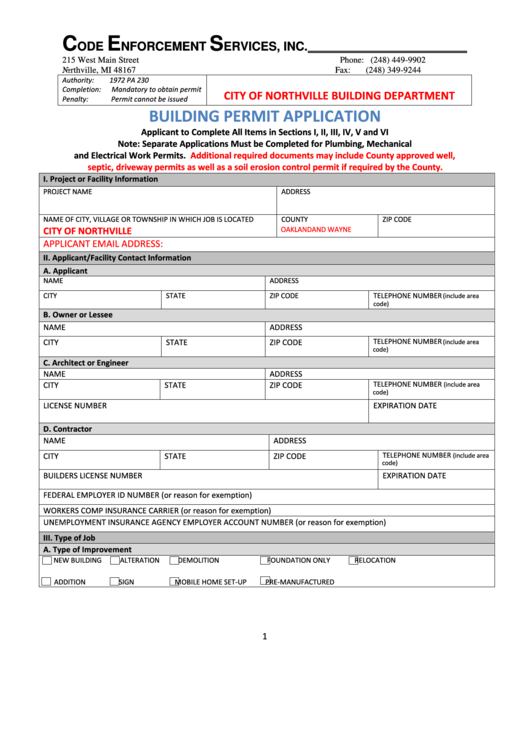How Middle Management Drives Efficiency And Improves Employee Engagement

Table of Contents
The Role of Middle Management in Driving Operational Efficiency
Middle managers are the linchpin connecting senior leadership's strategic vision with frontline operations. Their effectiveness directly impacts an organization's ability to streamline processes, optimize resource allocation, and foster a culture of accountability, all crucial for achieving operational efficiency.
Streamlining Processes and Workflow
Middle managers play a critical role in identifying and eliminating bottlenecks that hinder productivity. They achieve this through process optimization techniques such as Lean and Six Sigma methodologies. By analyzing workflows, identifying redundancies, and implementing efficient systems, they can significantly improve productivity gains.
- Lean Management: Implementing Lean principles focuses on eliminating waste and maximizing value in all processes.
- Six Sigma Methodologies: Utilizing Six Sigma tools helps reduce process variation and defects, resulting in consistent high-quality output.
- Project Management Tools: Employing tools like Gantt charts, Kanban boards, and project management software allows for better task tracking, resource allocation, and deadline management.
- Effective Delegation: Assigning tasks effectively based on team members' strengths and capabilities ensures optimal workload distribution and efficiency.
- Regular Process Reviews: Consistently reviewing and updating processes based on performance data is crucial for maintaining efficiency and adapting to changing circumstances. This includes identifying areas for improvement and implementing necessary changes.
Resource Allocation and Optimization
Effective resource management is a hallmark of efficient operations. Middle managers are responsible for making crucial decisions regarding budget allocation, personnel deployment, and equipment utilization. Data-driven decision-making is key here.
- Budget Allocation: Allocating budget resources effectively across different projects and teams to maximize return on investment (ROI).
- Personnel Optimization: Deploying personnel strategically based on skills, experience, and project requirements, ensuring optimal team composition and workload distribution.
- Equipment Utilization: Optimizing the use of equipment and technology to minimize downtime and maximize productivity. This may include scheduling maintenance proactively and ensuring employees are properly trained on equipment use.
- Performance Monitoring: Regularly monitoring key performance indicators (KPIs) related to resource utilization to identify areas for improvement and make data-backed adjustments.
Fostering a Culture of Accountability
Middle managers are essential in establishing a culture of accountability within their teams. This involves setting clear expectations, monitoring performance, and providing constructive feedback.
- Clear Goals and Objectives: Defining clear, measurable, achievable, relevant, and time-bound (SMART) goals ensures everyone is working towards the same objectives.
- Regular Performance Reviews: Conducting regular performance reviews provides opportunities for feedback, recognition of achievements, and identification of areas for improvement.
- Constructive Feedback Mechanisms: Implementing systems for providing regular, constructive feedback, both positive and negative, helps team members understand their performance and areas for growth.
- Performance Improvement Plans: Developing and implementing performance improvement plans for underperforming employees provides support and guidance to help them improve.
Middle Management's Impact on Employee Engagement and Morale
High employee engagement and morale are directly linked to productivity and overall organizational success. Middle managers play a crucial role in cultivating a positive and supportive work environment that fosters engagement.
Effective Communication and Feedback
Open and transparent communication is paramount for building trust and improving employee morale. Middle managers should prioritize regular updates, clear expectations, and constructive feedback.
- Active Listening: Actively listening to team members' concerns and ideas fosters a sense of value and belonging.
- Regular Feedback: Providing both positive reinforcement and constructive criticism ensures employees understand their performance and areas for growth.
- Utilizing Various Communication Channels: Employing diverse communication methods (e.g., emails, team meetings, one-on-ones) ensures effective communication reaches everyone.
- Fostering Open Dialogue: Creating a culture where open dialogue and feedback are encouraged strengthens relationships and improves team cohesion.
Mentorship and Development
Investing in employee development is vital for improving engagement and retention. Middle managers act as mentors, guiding and supporting their team members' career growth.
- Training and Development Opportunities: Providing opportunities for training and skill development demonstrates a commitment to employee growth.
- Mentorship and Coaching: Offering mentorship and coaching helps employees develop their skills and advance their careers.
- Promoting Employee Growth: Creating opportunities for employees to take on new challenges and responsibilities boosts their confidence and engagement.
- Recognizing Accomplishments: Publicly acknowledging and rewarding employee accomplishments reinforces positive behavior and boosts morale.
Fostering a Positive and Supportive Work Environment
A positive and inclusive work environment significantly impacts employee engagement and job satisfaction. Middle managers are instrumental in creating this environment.
- Promoting Teamwork: Encouraging collaboration and teamwork fosters a sense of camaraderie and shared purpose.
- Conflict Resolution: Effectively resolving conflicts promotes a harmonious work environment.
- Recognizing Individual Contributions: Acknowledging individual contributions shows appreciation and fosters a sense of value.
- Celebrating Successes: Celebrating both team and individual successes reinforces positive outcomes and boosts morale.
- Fostering a Sense of Belonging: Creating a culture of inclusivity and respect ensures that every team member feels valued and respected.
Conclusion: The Vital Role of Middle Management in Organizational Success
Effective middle management is not merely a component of organizational structure; it's the catalyst for driving both operational efficiency and high employee engagement. Strong communication, effective resource allocation, and a supportive work environment, all facilitated by strong middle management, contribute to a more productive and engaged workforce. This, in turn, leads to increased profitability, improved quality, and enhanced overall organizational success.
Invest in your middle management to unlock your organization's full potential. Discover how effective middle management can transform your workplace efficiency and employee engagement. By focusing on these key areas, organizations can cultivate a thriving and high-performing workforce.

Featured Posts
-
 How Middle Management Drives Productivity And Employee Engagement
Apr 26, 2025
How Middle Management Drives Productivity And Employee Engagement
Apr 26, 2025 -
 Royal Netherlands Navy Bolsters Marine Security With Fugro Damen Partnership
Apr 26, 2025
Royal Netherlands Navy Bolsters Marine Security With Fugro Damen Partnership
Apr 26, 2025 -
 Macon County Building Permits The Latest Updates
Apr 26, 2025
Macon County Building Permits The Latest Updates
Apr 26, 2025 -
 The Rise Of Disaster Betting Examining The Los Angeles Wildfire Case
Apr 26, 2025
The Rise Of Disaster Betting Examining The Los Angeles Wildfire Case
Apr 26, 2025 -
 American Battleground Exposing Power And Wealth
Apr 26, 2025
American Battleground Exposing Power And Wealth
Apr 26, 2025
